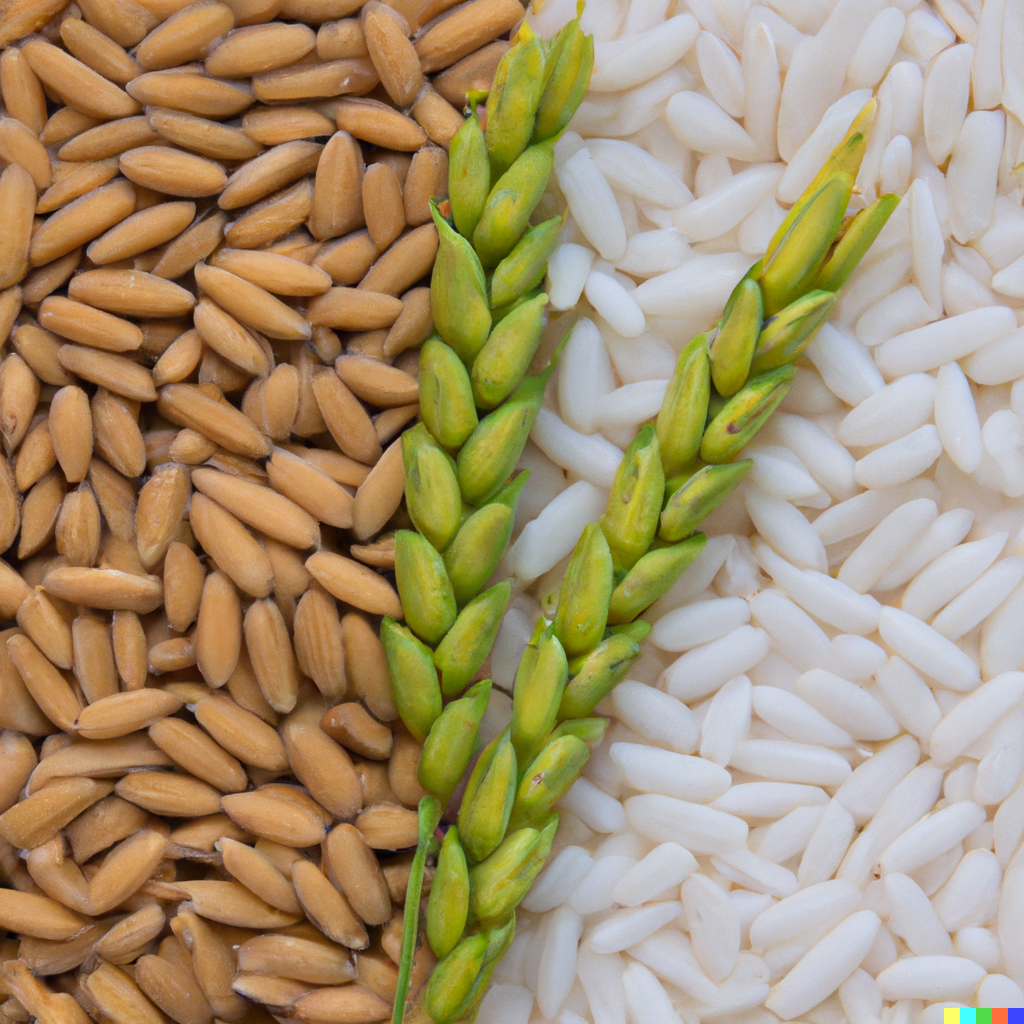Weighing in on strategic realignment

WPI’s team was retained by the governing board of a U.S. industry organization to review a decision, reached by vote, to invest significant assets into the development and management of an export trading company. WPI’s team conducted a formal review of this decision and concluded that the current level of market saturation would limit the benefits of the investment. Based on WPI’s analysis and recommended actions, the board subsequently reversed its decision and undertook a strategic planning effort to identify more impactful investments. On behalf of numerous clients, WPI has not only assisted in identifying strategic paths but also advised their implementation.

 WPI Grain Prices and Freight Rate App Note: you can also visit the app directly by clicking here. Supplemental Information The section below offers a concise view of the options available in the current version of the WPI FOB Price and Freight Rate app, along with a short “How To”...
WPI Grain Prices and Freight Rate App Note: you can also visit the app directly by clicking here. Supplemental Information The section below offers a concise view of the options available in the current version of the WPI FOB Price and Freight Rate app, along with a short “How To”...
 In January, Korea’s tariff on U.S. beef will drop to zero as laid out in a long schedule as part of the 2012 Korea-U.S. free trade agreement. Prior to the agreement it was 40 percent, in 2025 it was at 2.6 percent. Korea has been a growing market especially for premium cuts of beef, with...
In January, Korea’s tariff on U.S. beef will drop to zero as laid out in a long schedule as part of the 2012 Korea-U.S. free trade agreement. Prior to the agreement it was 40 percent, in 2025 it was at 2.6 percent. Korea has been a growing market especially for premium cuts of beef, with...